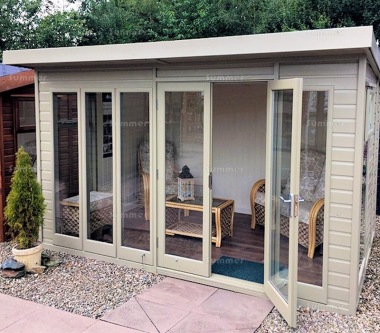All Categories
Featured
Table of Contents
Why Double-glazed Windows Are A Must in Craigie Western Australia
Glazing simply implies the windows in your house, including both openable and set windows, along with doors with glass and skylights. Glazing in fact just means the glass part, however it is normally utilized to describe all aspects of an assembly including glass, movies, frames and home furnishings. Taking note of all of these aspects will assist you to attain effective passive design.

Energy-efficient glazing makes your home more comfortable and dramatically lowers your energy costs. Improper or badly developed glazing can be a significant source of undesirable heat gain in summer and considerable heat loss and condensation in winter. Up to 87% of a home's heating energy can be acquired and up to 40% lost through windows.
The Surprising Benefits Of Double Glazing In The Summer ... in Lockridge Western Australia
Glazing is a considerable financial investment in the quality of your home. An initial financial investment in energy-efficient windows, skylights and doors can considerably minimize your yearly heating and cooling costs.

This tool compares window choices to a base level aluminium window with 3mm clear glass. Comprehending some of the crucial properties of glass will assist you to select the finest glazing for your home. Secret properties of glass Source: Adjusted from the Australian Window Association The quantity of light that travels through the glazing is understood as noticeable light transmittance (VLT) or noticeable transmittance (VT).
How To Retrofit Your Windows With Double Glazing, And Keep ... in Menora Perth
This may lead you to turn on lights, which will result in higher energy costs. Conduction is how easily a product carries out heat. This is known as the U worth. The U value for windows (expressed as Uw), explains the conduction of the entire window (glass and frame together). The lower the U worth, the higher a window's resistance to heat flow and the much better its insulating worth.
If your house has 70m2 of glazing with aluminium frames and clear glass with a U value of 6. 2W/m2 C, on a winter's night when it is 15C chillier outside compared with indoors, the heat loss through the windows would be: 6. 2 15 70 = 6510W That is equivalent to the overall heat output of a large space gas heating system or a 6.
Enjoy Your Summer More With Double Glazed Windows in Armadale Perth

If you select a window with half the U value (3. 1W/m2 C) (for example, double glazing with an argon-filled space and less-conductive frames), you can halve the heat loss: 3. 1 15 70 = 3255W The solar heat gain coefficient (SHGC) for windows (revealed as SHGCw) determines how easily heat from direct sunlight streams through an entire window (glass and frame together).
The lower a window's SHGC, the less solar heat it transfers to the home interior. The real SHGC for windows is affected by the angle that solar radiation strikes the glass.
Why Double-glazed Windows Are A Must in Beaconsfield Western Australia
When the sun is perpendicular (at 90) to the glass, it has an angle of incidence of 0 and the window will experience the optimum possible solar heat gain. The SHGC declared by glazing manufacturers is always determined as having a 0 angle of occurrence. As the angle increases, more solar radiation is reflected, and less is transmitted.
Latest Posts
Diy Double Glaze in Koondoola WA
Glass Selector - Custom Single & Double Glazed ... in Midvale Perth
Does Double Glazing Keep Heat Out in Woodvale Western Australia